Can AI teach a computer to sail?
The Maritime Research Institute Netherlands (MARIN) releases the initial results from its innovative machine learning programme…
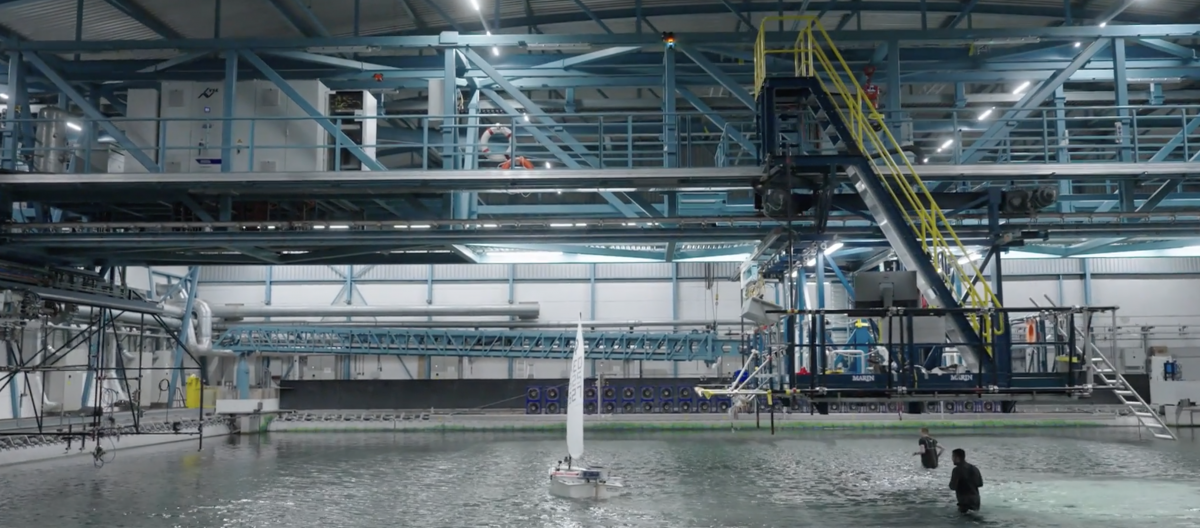
AI has been the dominant topic of discussion throughout 2023, ever since the launch of ChatGPT. Over the past 12 months, AI systems based on extensive language models have fundamentally transformed our understanding of machine learning. This was a key focus during Day Three of The Superyacht Forum, where we delved into the implications of AI on superyacht design and crew recruitment in the business.
However, there has been relatively less attention paid to the potential impact of AI on navigation and efficiency within the marine sector. As the maritime industry strives for reduced emissions and more cost-effective vessel operations, AI's influence may soon extend to the ship's bridge.
The Maritime Research Institute Netherlands (MARIN) is a globally recognized institute specializing in maritime research. Established in 1929 as the Netherlands Ship Model Basin (NSMB) by the Dutch government and industry, MARIN is renowned for its expertise in hydrodynamic research and maritime technology.
MARIN's latest research project, albeit on a small scale, demonstrates the application of machine learning in the marine sector. The team at AI Sail asked, "Put a child in an Optimist, and it will learn how to sail intuitively, without understanding the details of aerodynamics and hydrodynamics; So, can a computer learn to sail an Optimist using AI assistance?
Most maritime prediction methods rely on a model-based approach, combining physics-based models into computational models validated through testing and real-world application. With AI Sail, they aim to showcase the potential of data-driven methods where physics is implicit within the data rather than explicitly defined in the model. In simpler terms, just as children can learn to sail an Optimist without in-depth knowledge of aerodynamics, hydrodynamics, and oceanography, an AI algorithm should be capable of doing the same.
The AI Sail team comprised a diverse group of MARIN specialists, including experts in AI/machine learning, digital twinning/time domain simulations, sailing/wind assistance, and model testing. AI Sail is an open-innovation project, involving workshops for maritime clients and the active participation of students from TU Delft.
They developed their own AI sailing "agents" or "digital kids" using reinforcement learning (RL), alongside digital replicas of the Optimist and the Offshore Basin within their time domain simulation framework XMF. Simultaneously, their model test engineers made modifications to the Optimist, allowing for computer-controlled rudder, sheet, and weight control, while ensuring all necessary communications were in place within the basin.
Fanny Rebiffé, an AI specialist at MARIN, shared her excitement about the project, saying, "It was very thrilling and enjoyable. Similar to real children on a lake, some RL agents learned faster and better. Occasionally, they had to make an extra turn, and at times, the Optimist would stop headfirst into the wind. However, by skillfully managing the rudders and shifting weight, several agents effectively caught the wind in their sails. So, our 'digital kids' showed remarkable creativity in solving challenges."
Dr. Hannes Bogaert, leader of the AI Sail team, concludes: ‘The maritime sector is watching this technology with great interest. The challenges to design and operate ships are increasing. Emission free ships and operations require more complex propulsion, power and energy systems. The damage caused by accidents at sea can be enormous."
Society is less willing to take risks and adequately responding to risk situations on board is necessary. Offshore sustainable energy requires complex installation and maintenance operations at sea. People need to be better supported. During design and on board. Through the application of AI we can make many systems smarter and better support design and operation."
NEW: Sign up for SuperyachtNewsweek!
Get the latest weekly news, in-depth reports, intelligence, and strategic insights, delivered directly from The Superyacht Group's editors and market analysts.
Stay at the forefront of the superyacht industry with SuperyachtNewsweek
Click here to become part of The Superyacht Group community, and join us in our mission to make this industry accessible to all, and prosperous for the long-term. We are offering access to the superyacht industry’s most comprehensive and longstanding archive of business-critical information, as well as a comprehensive, real-time superyacht fleet database, for just £10 per month, because we are One Industry with One Mission. Sign up here.
Related news
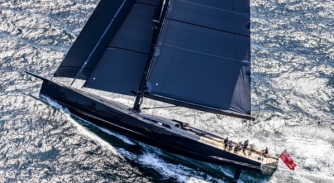
Gelliceaux takes to the sea
Southern Wind’s latest hybrid project has been delivered to its new owners as it departs from Cape Town
Fleet
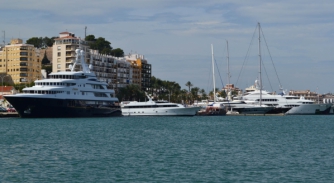
Port Denia completes expansion
Work on the Spanish marina and shipyard’s new dry dock is now complete and its 620tn travel lift is fully operational
Crew
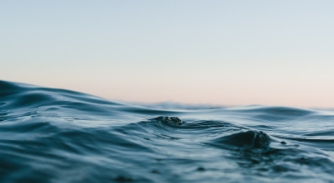
Sustainability is not always compromise
Sustainability doesn't always have to be solely for the sake of people and the planet
Opinion
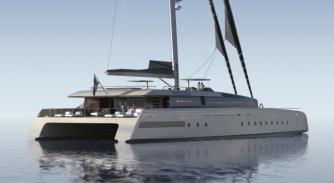
Perini Navi unveils 47m Art Explorer
The Italian yard is set to debut the world's largest aluminium sailing catamaran at the Monaco Yacht Show 2023
Fleet
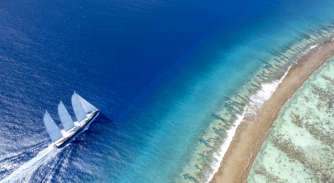
Sea Eagle – a true sailor’s superyacht
Three years after a low-key launch, Captain Mike Douglass discusses the striking schooner as it embarks on a busy charter schedule
Fleet
Related news
Gelliceaux takes to the sea
2 years ago
Port Denia completes expansion
2 years ago
Sustainability is not always compromise
2 years ago
Perini Navi unveils 47m Art Explorer
2 years ago
Sea Eagle – a true sailor’s superyacht
2 years ago
NEW: Sign up for
SuperyachtNewsweek!
Get the latest weekly news, in-depth reports, intelligence, and strategic insights, delivered directly from The Superyacht Group's editors and market analysts.
Stay at the forefront of the superyacht industry with SuperyachtNewsweek



